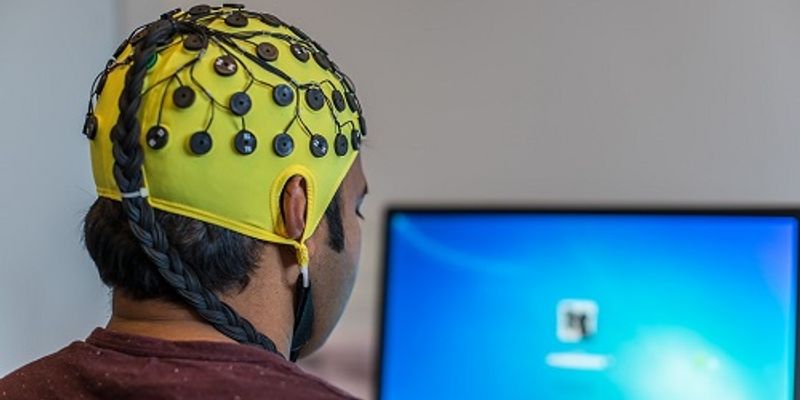Drug addiction is a chronically relapsing disorder characterized by compulsive drug use despite catastrophic personal consequences (e.g., loss of family, job) and even when the substance is n...
MAR 20, 2014 | 10:00 AM
When speaking of neurodegenerative diseases, average public is not made aware of the true cost that brain related disorders have on annual budget. The true impact on economy is not usually...
MAR 19, 2014 | 9:00 AM
When speaking of neurodegenerative diseases, average public is not made aware of the true cost that brain related disorders have on annual budget. The true impact on economy is not usually...








